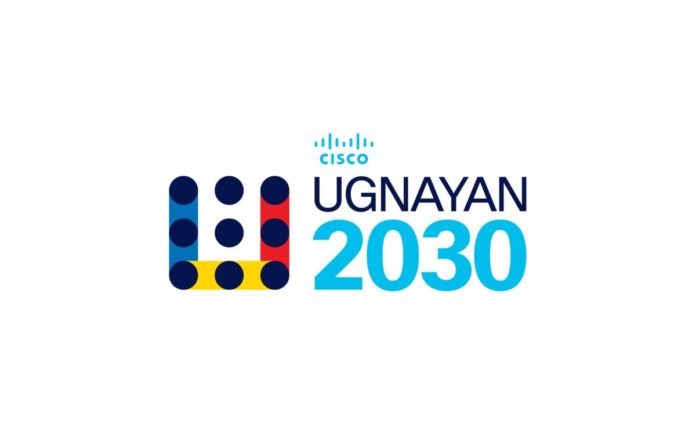“Telehealth is not new in the Philippines, but it wasn’t the norm,” said Karrie Ilagan, Cisco Philippines managing director. “Because of the pandemic, health institutions had to make many of its offline services available online, which is a complicated process. With Cisco Webex, DOH was able to set up its online conferencing infrastructure quickly and continue to serve the public when they needed it the most.”
The COVID-19 pandemic posed substantial health and safety challenges for every industry and organization that expedited major transitions to digital solutions, but none has more urgently done than in the healthcare industry.
“When the pandemic hit last year, everyone had to put their life on hold for a while until we all gradually figured out how to adapt to this new environment,” said Ilagan. “Some industries didn’t have the luxury to take a pause, and the most crucial sector that needed to continue with no interruptions is in the healthcare industry.”
Recognizing the urgency to support business continuity during pandemic times, Cisco mobilized its country digitalization acceleration program dubbed UGNAYAN 2030, a collaboration platform that focuses on enabling key critical digital initiatives to build the country’s digital resilience. Launched during the pandemic year, UGNAYAN 2030 served as a catalyst in providing remote work technology that built the foundation for telehealth in the country.
Through UGNAYAN 2030, Cisco Philippines extended support to the Department of Health (DOH) in building its capacity to conduct online consultations, virtual meetings, and respond to large volumes of calls from patients all over the country via Cisco Webex licenses and devices. Hundreds of Webex licenses were distributed to various health facilities all over the country.
Over the past year, the DOH conducted 17,400 sessions over Webex, amounting to over 2.3 million minutes of meetings and consultations. In the past three months alone, the DOH has engaged with over 100,000 stakeholders and patients per month.
